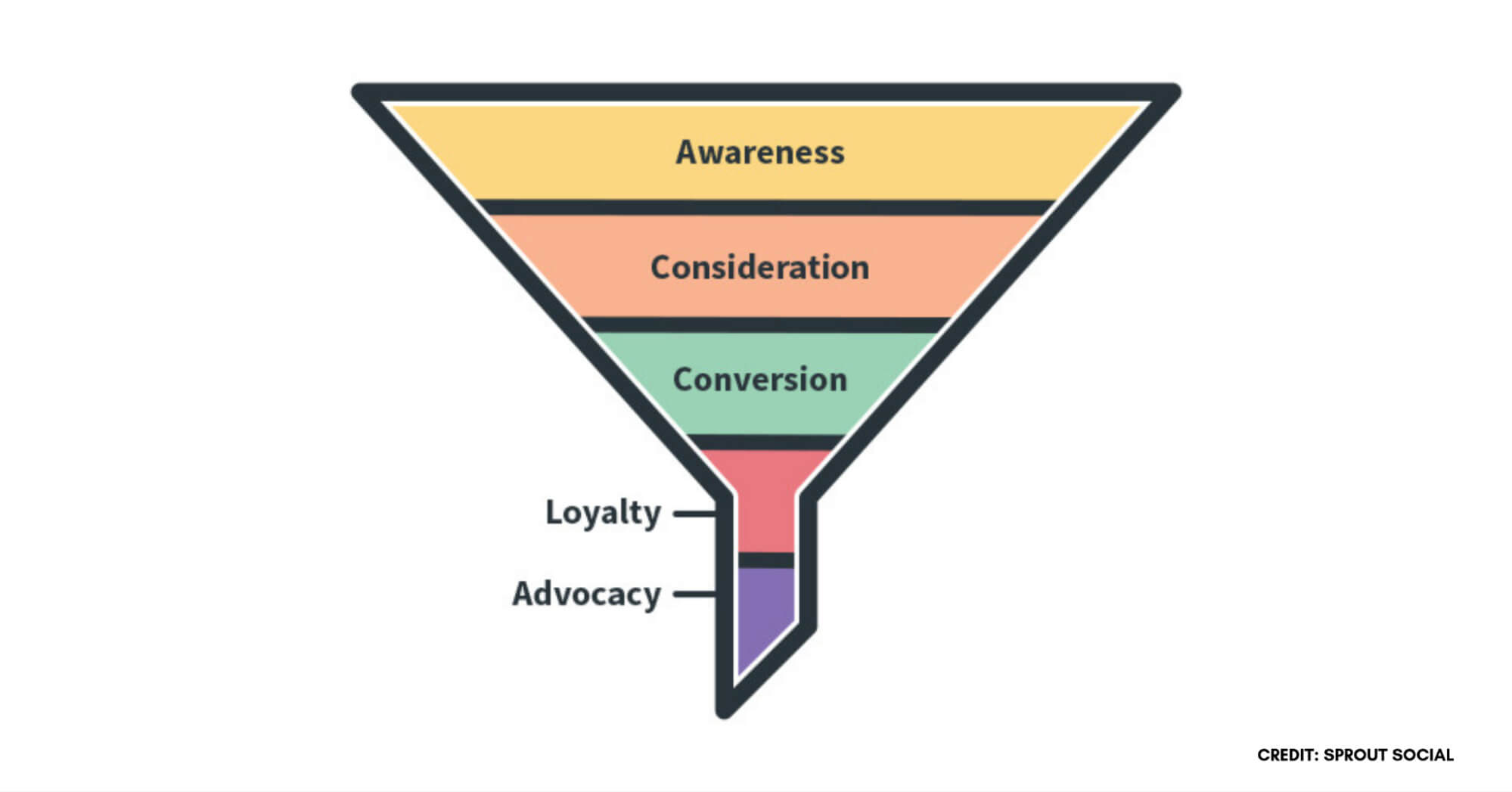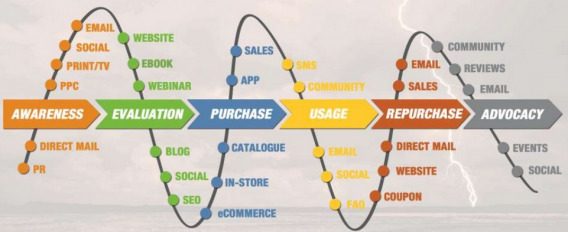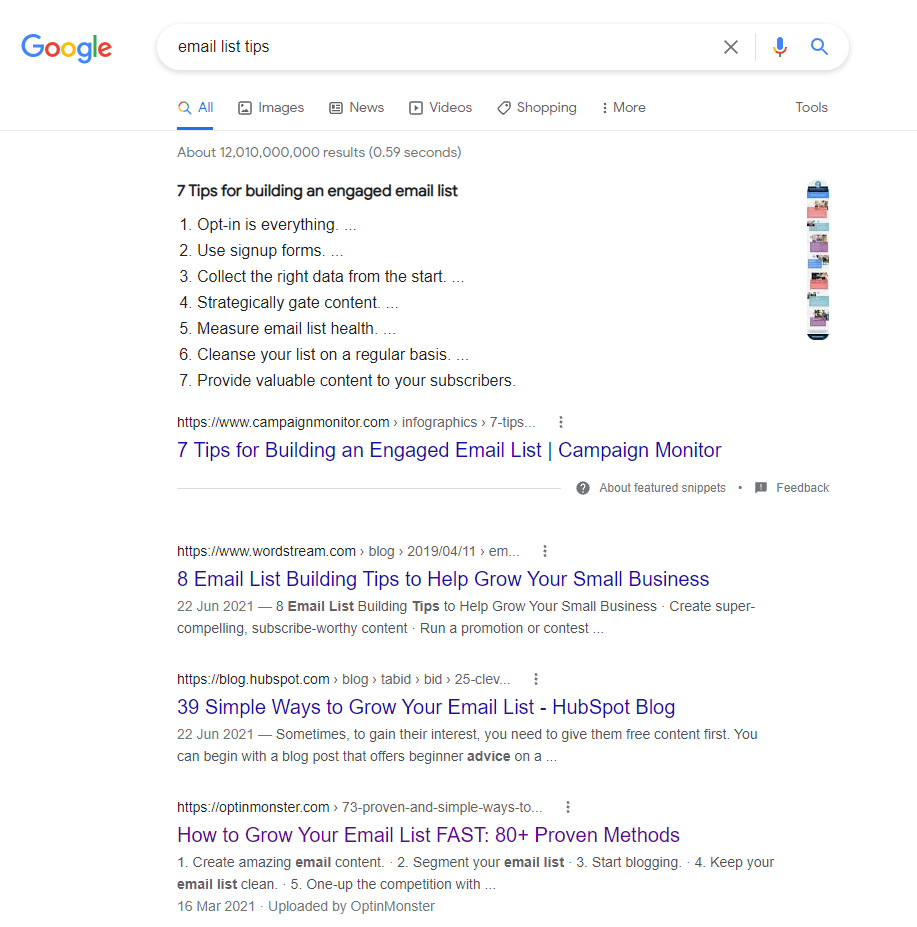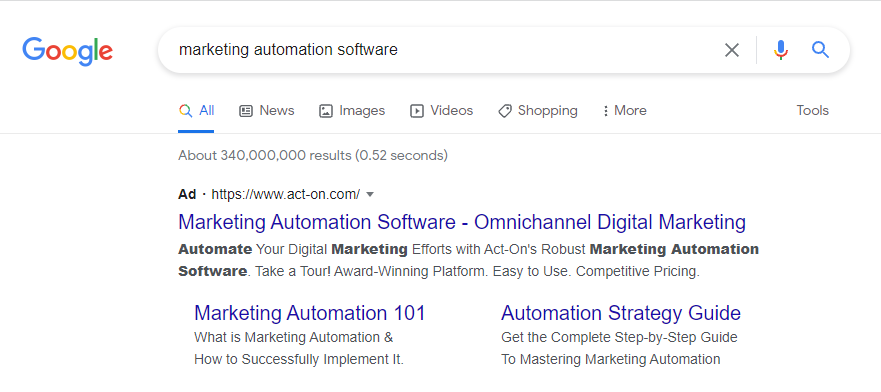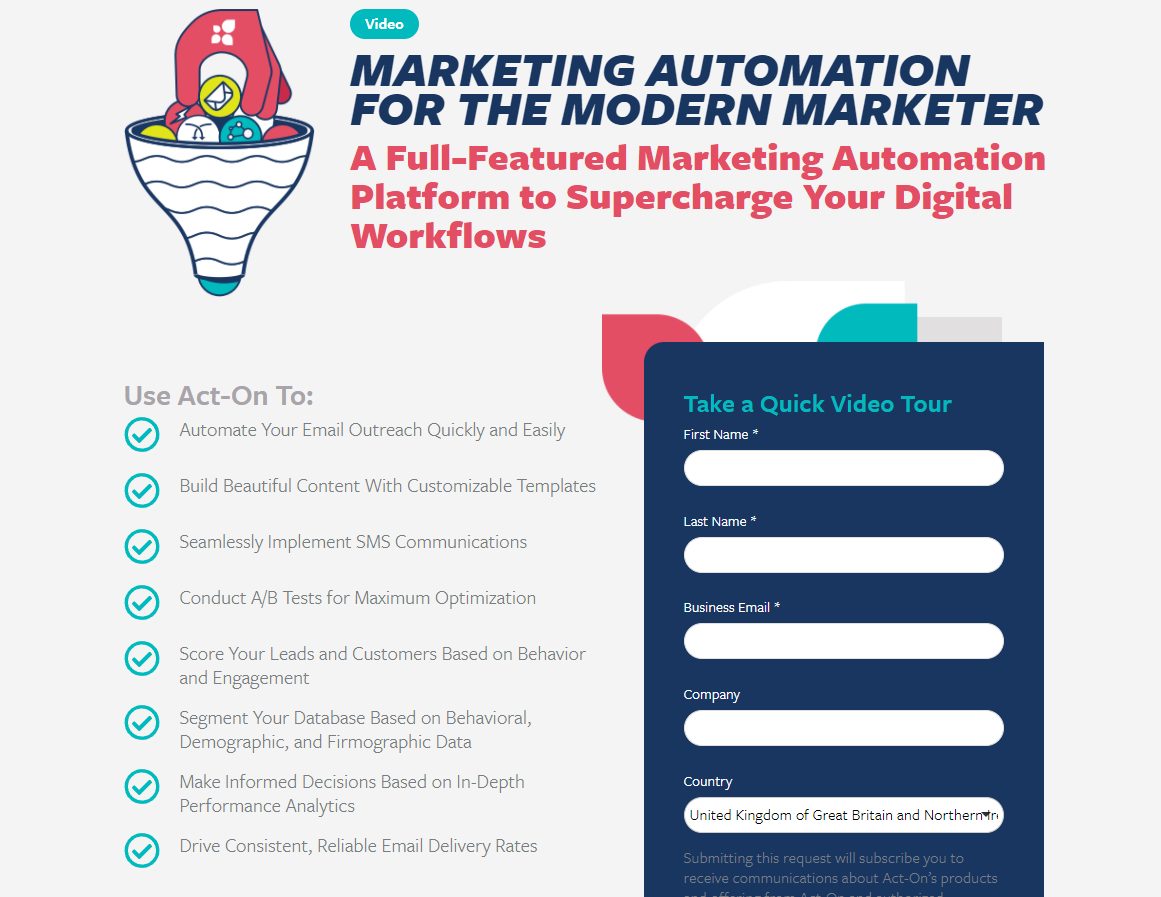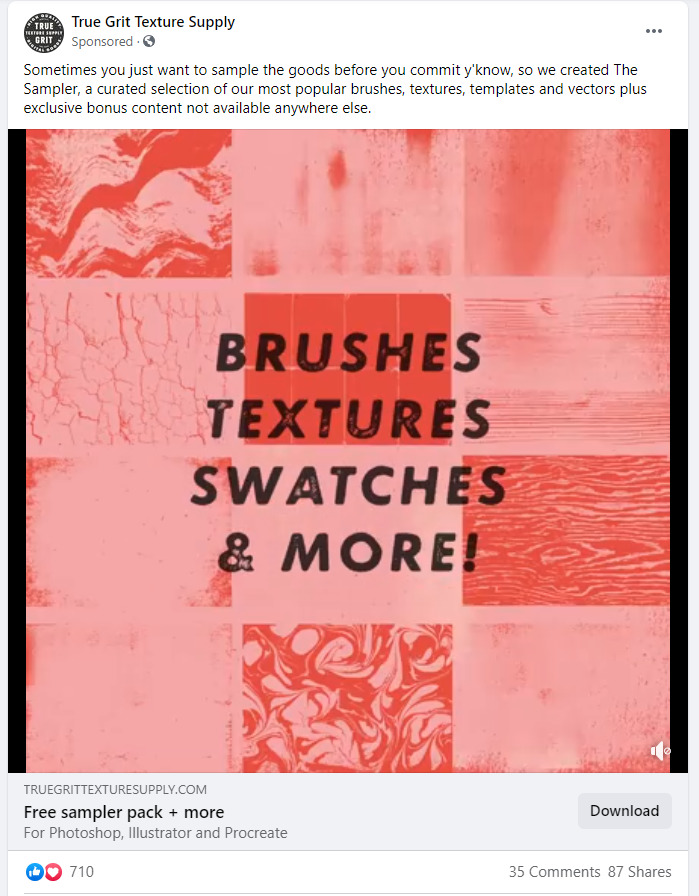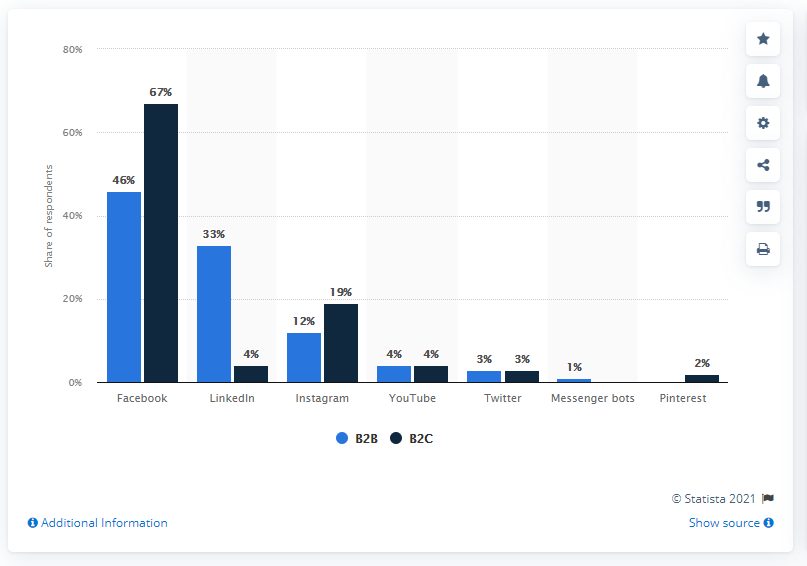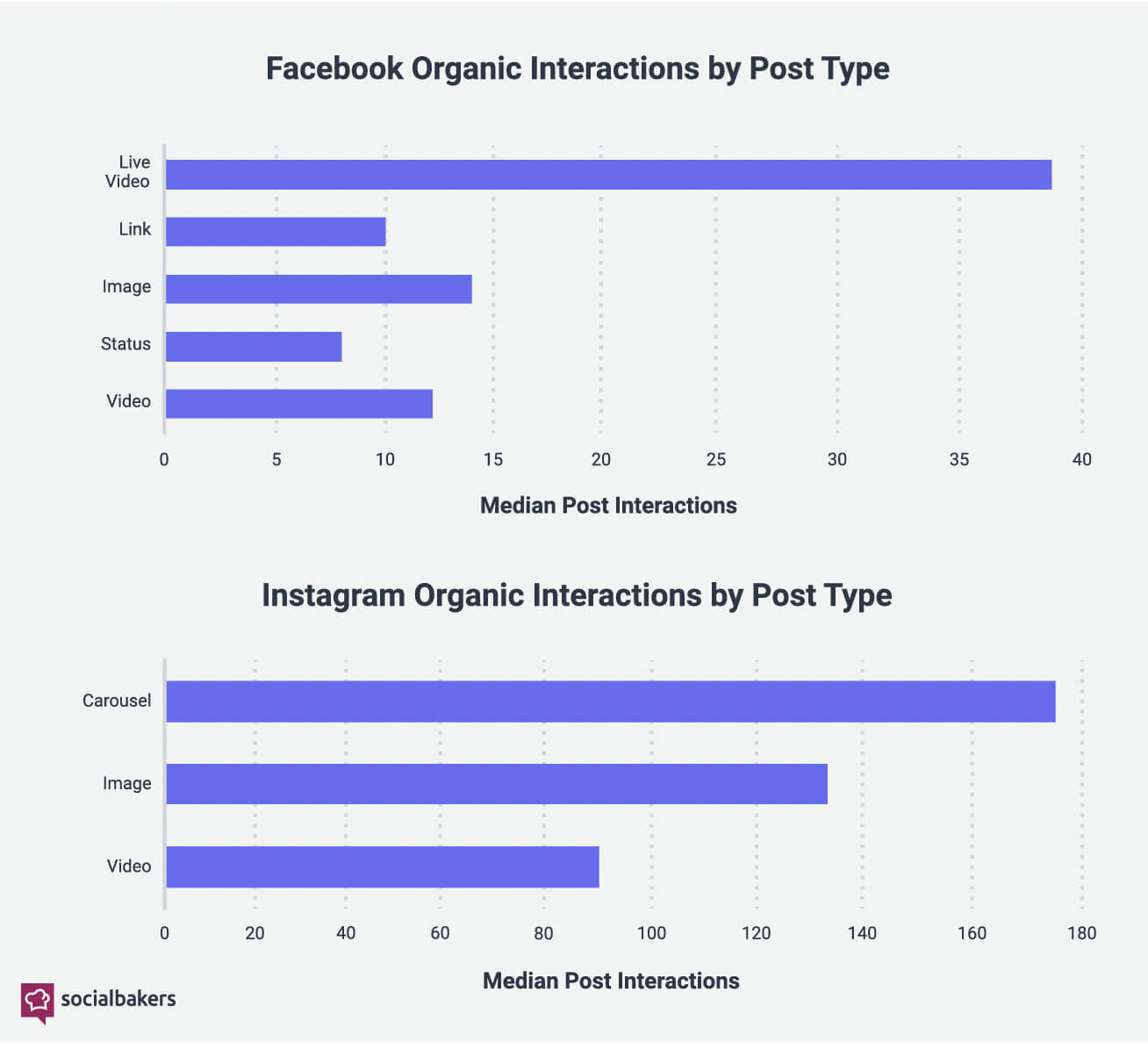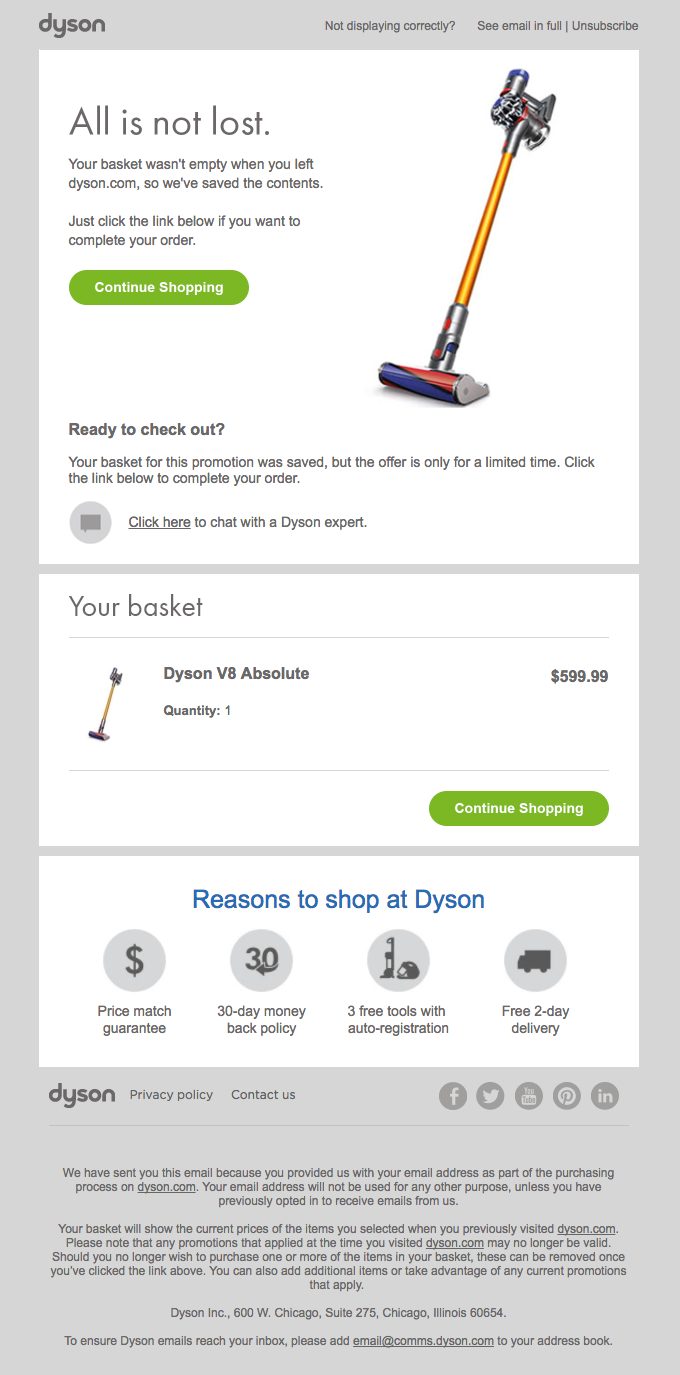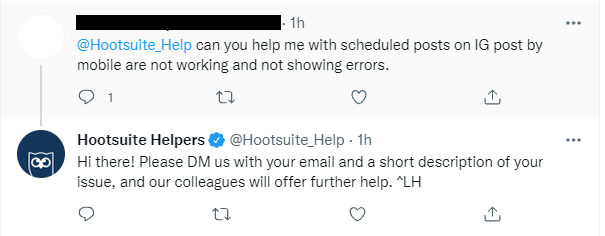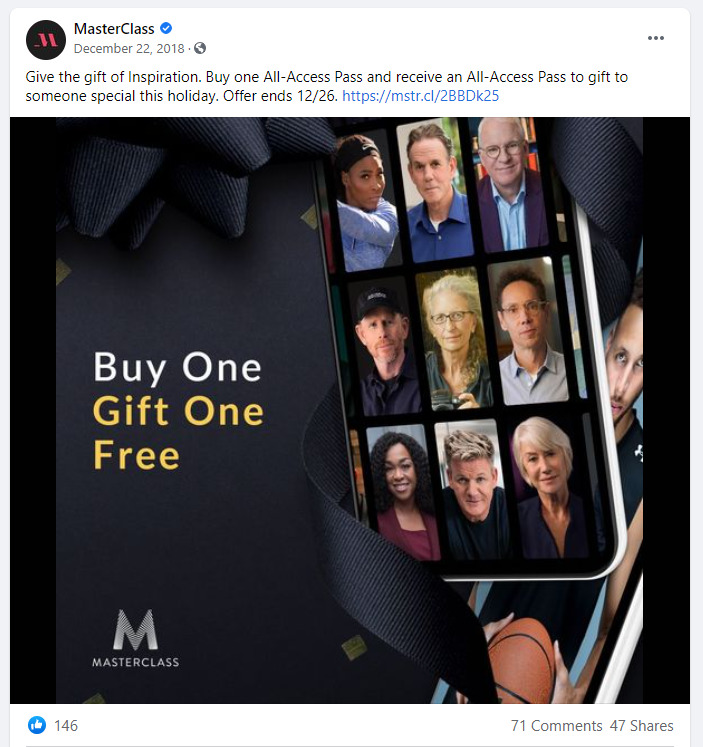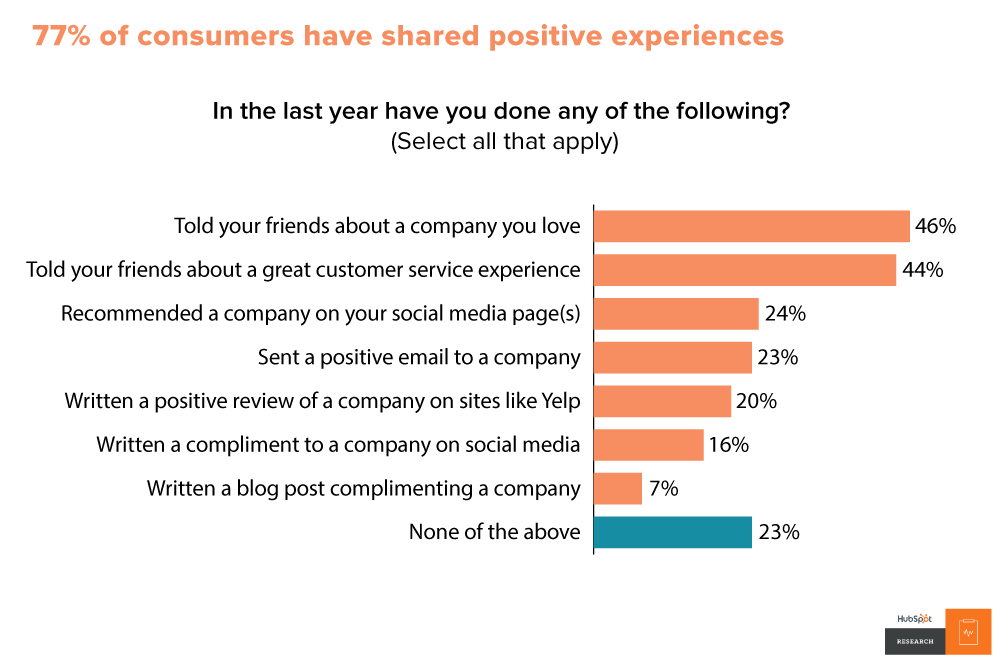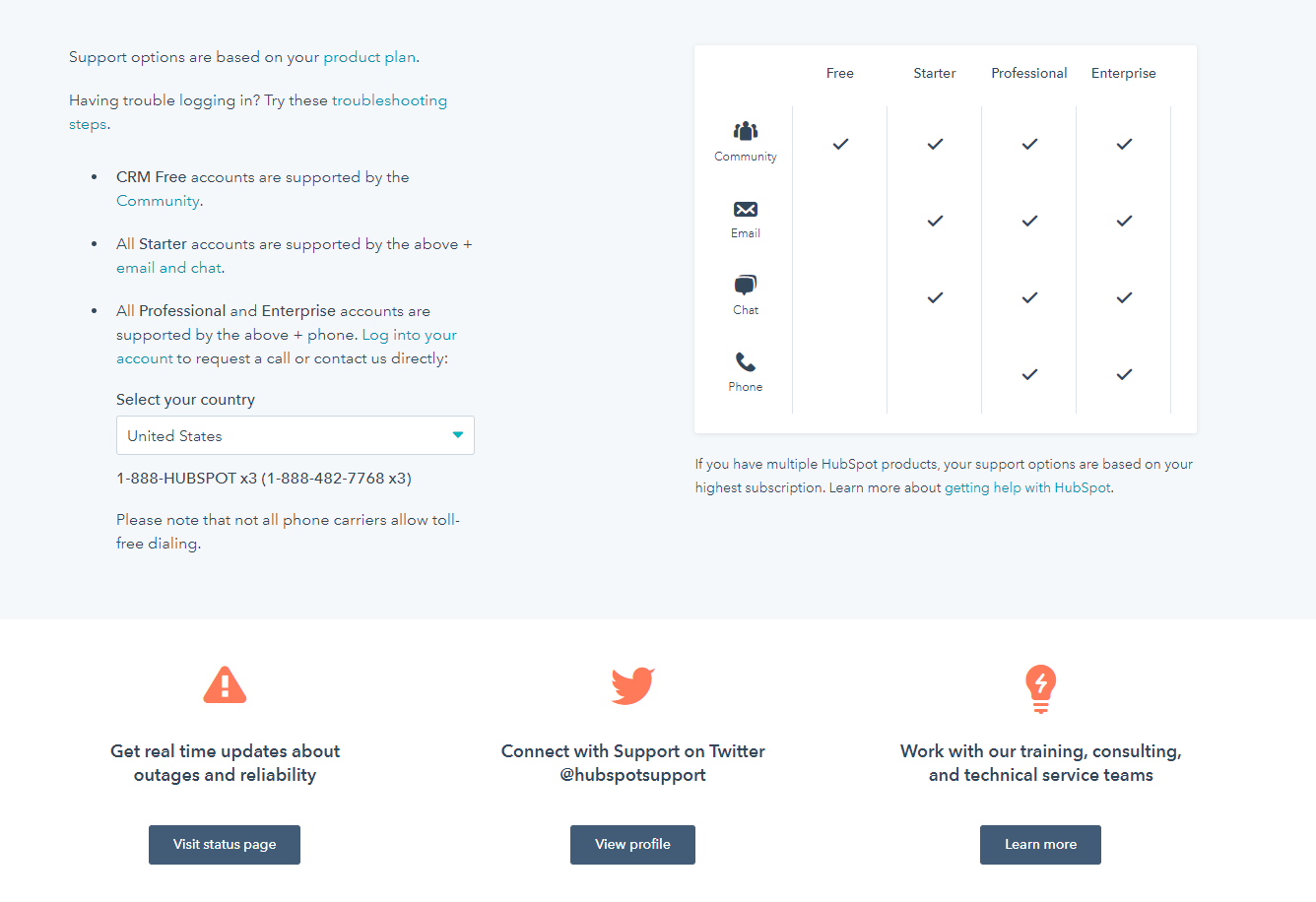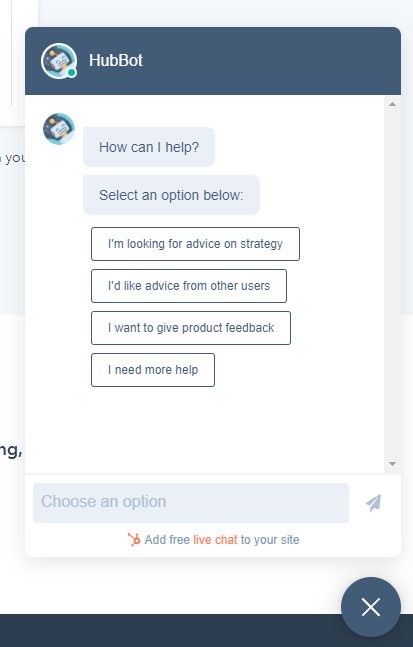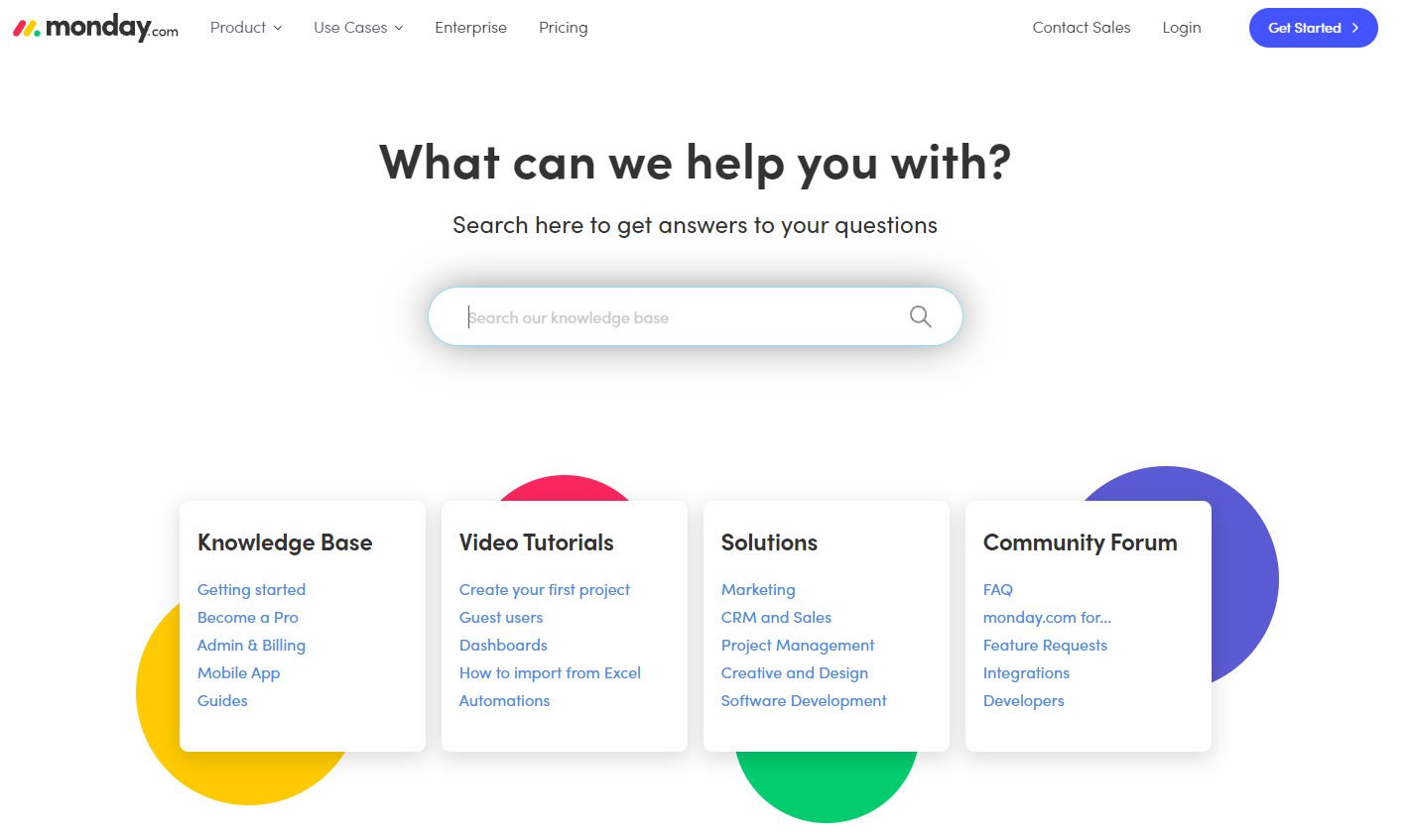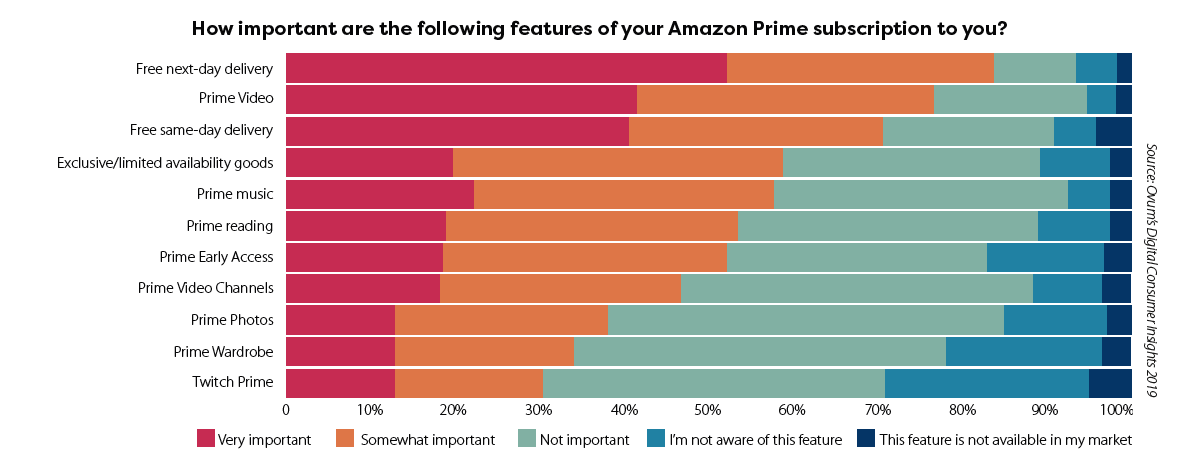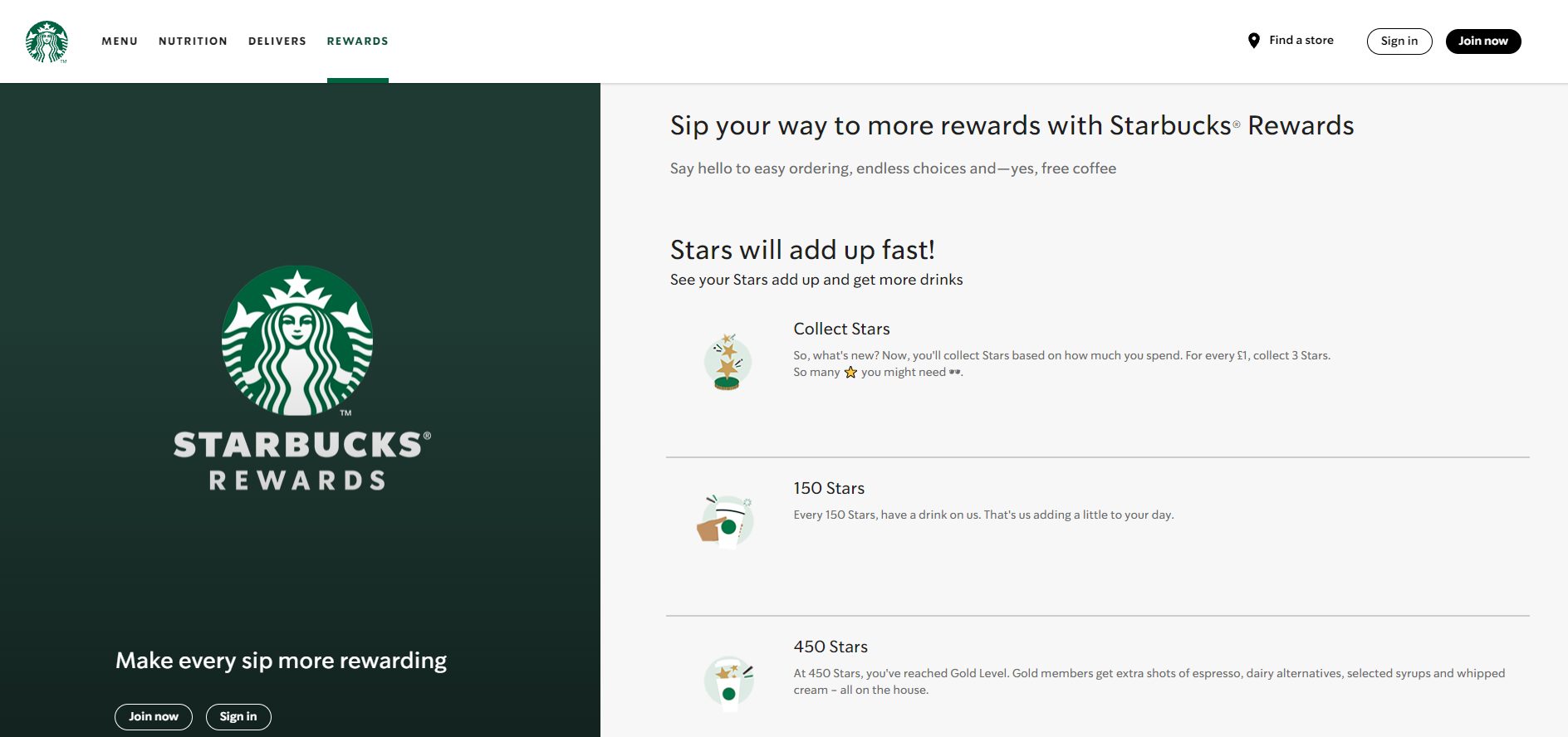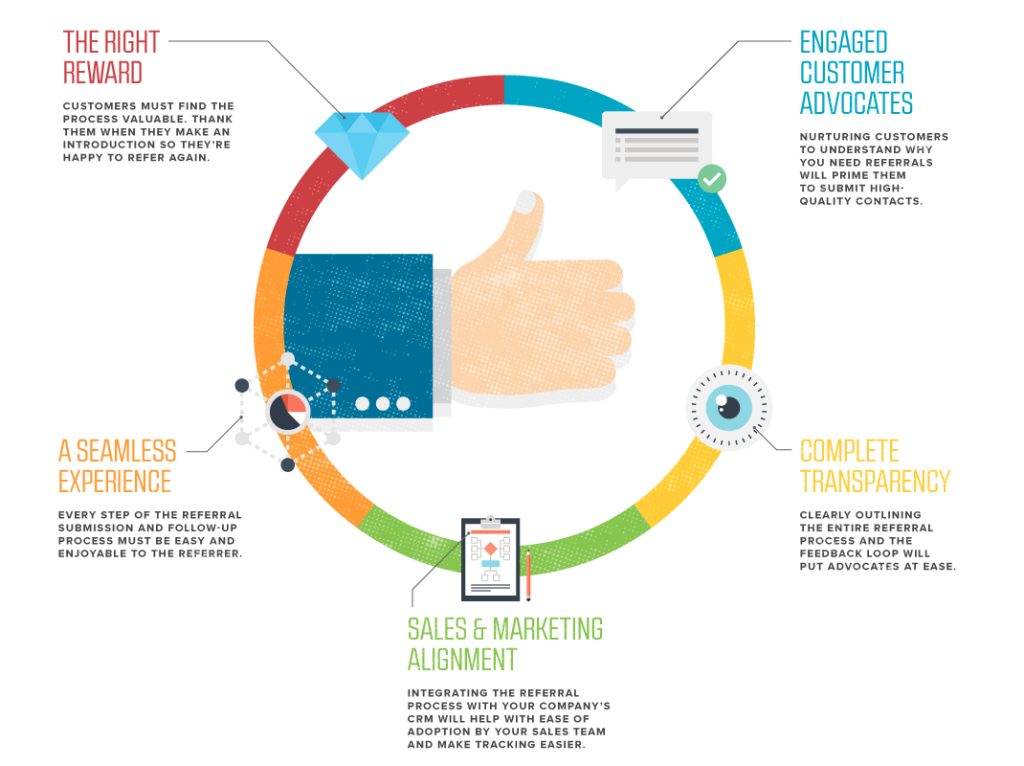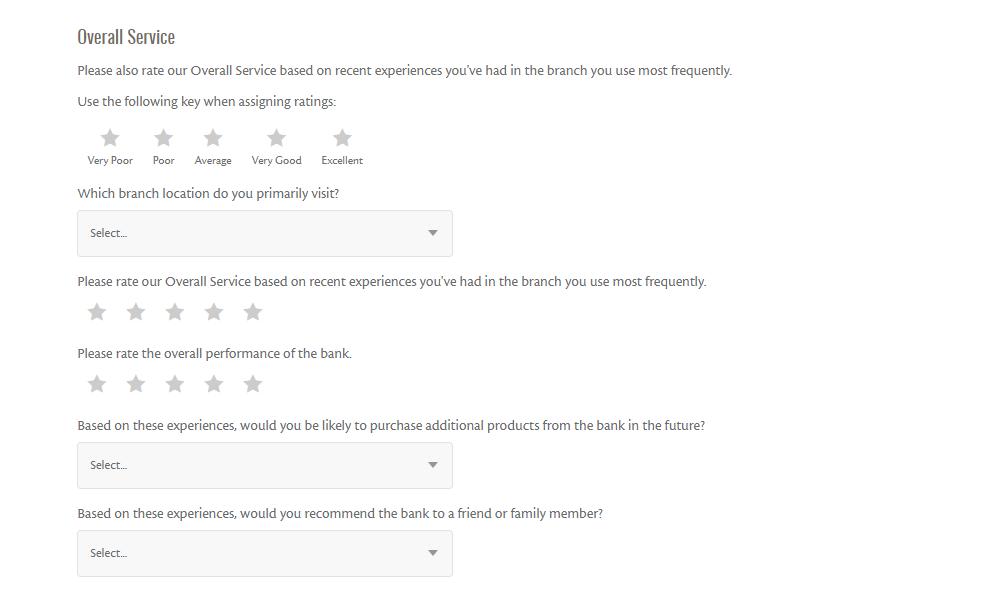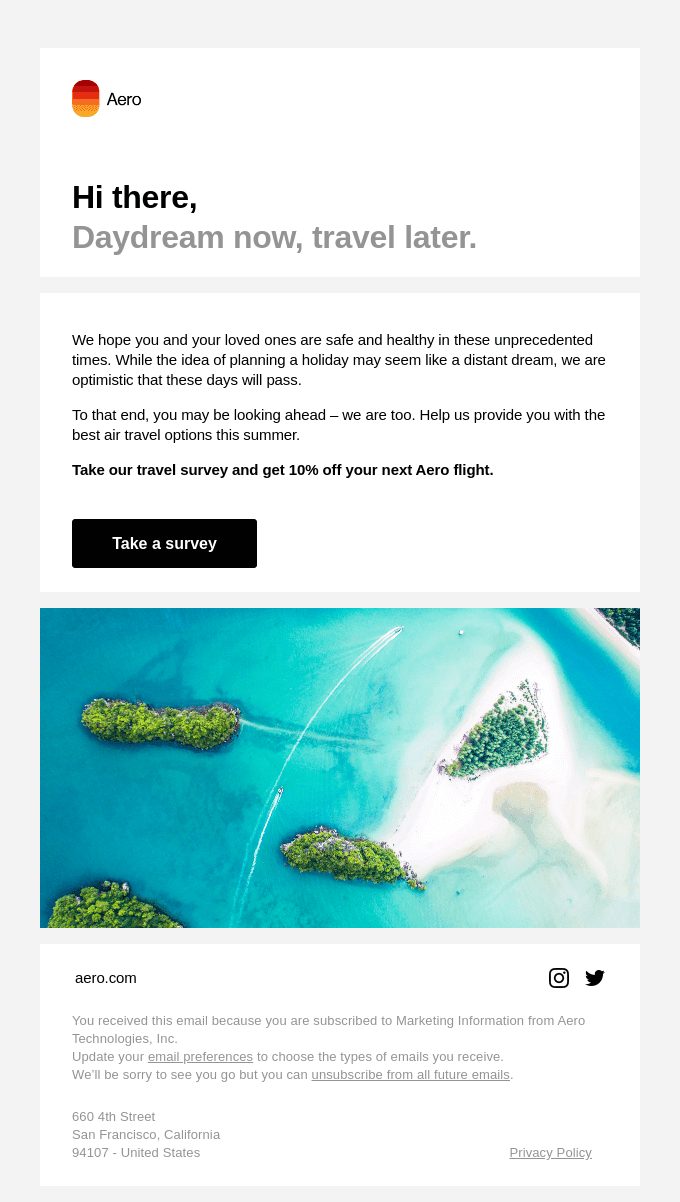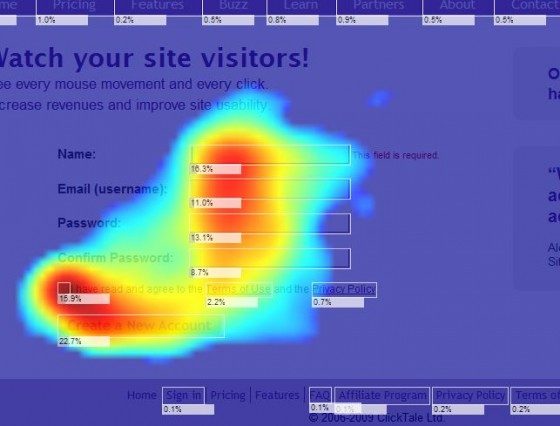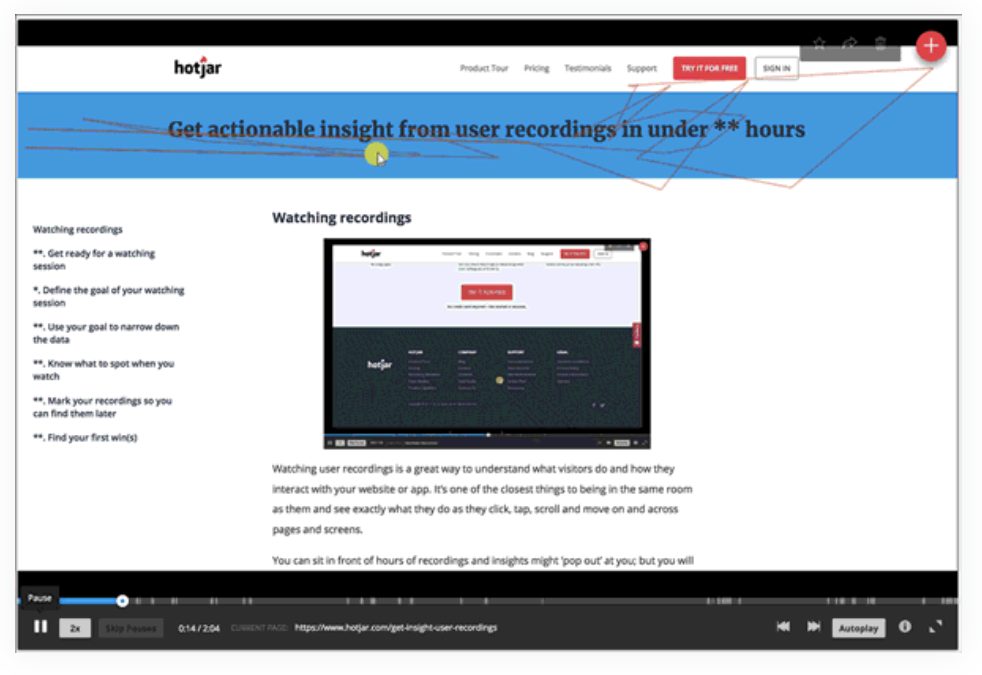The marketing and sales funnel is a time-tested framework for mapping the customer journey.
However, with every new technology, channel, and distraction served up by the internet, that journey becomes less linear, and the traditional funnel becomes less relevant.
In the current landscape, to successfully guide a person from prospect to customer, you need to think about their behavior and deliver marketing that fits their needs at every stage of the funnel.
In this article, you’ll learn how to do just that. We’ll look at how to use the marketing funnel as a model for your content, how users behave throughout their journey, and what it takes to inspire action.
Using the marketing funnel as a model for content, creative, and messaging
There are many variations to the marketing funnel. We commonly recognize them as following the AIDA model (Awareness, Interest, Desire, Action).
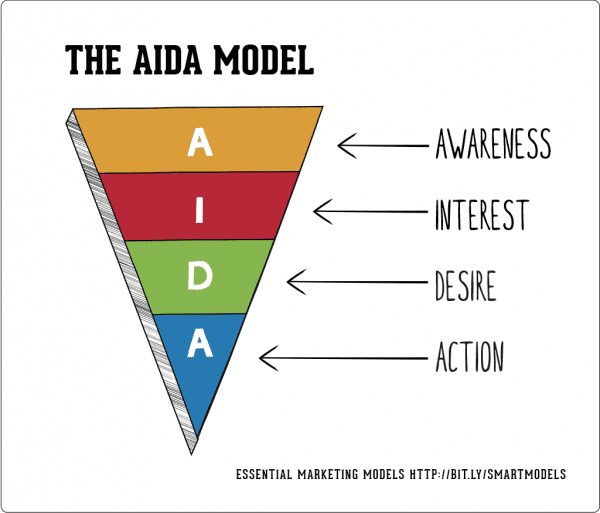
This can be simplified further into a three-stage model:
- Top of the funnel (TOFU): Awareness
- Middle of the funnel (MOFU): Consideration
- Bottom of the funnel (BOFU): Conversion
It can also be extended beyond the purchase to cover increasingly important aspects of the customer journey: loyalty and advocacy.
These linear marketing/conversion funnel models are based on the traditional customer lifecycle.
For example, a person finds your business, visits your website, completes a form, chats to the sales team, and then becomes a customer.
This hypothetical customer, however, is “a simplified version of reality.”
A more realistic customer journey tends to be much more complex, involving multiple touchpoints and obstacles on the way to purchase.
Because of this, many seasoned marketers favor tornado funnels that consider the different actions a customer might take.
Your funnel doesn’t have to be as complex as the above visualization, but it’s best not to approach your marketing funnel as a linear process.
Instead, think of each stage as a state of mind. Aim to target customers with content that reflects what they need to hear depending on where they are in their journey.
This requires mapping actions based on customer interactions and assigning the actions to stages of the marketing funnel.
For example, person #1 is searching for “the best social media software for automation.” That puts them in the awareness stage.
To capture intent and drum up interest, you run an ad that directs traffic to a product demo page. The conversion for this stage is person #1 clicking through to your website.
Person #2, however, has already visited your website repeatedly. This person is more likely in the consideration stage. They already know about your product, and now they’re evaluating whether it’s for them.
Because of their previous actions, you engage them with a product-focused webinar that positions your company as the best choice. The conversion at this stage is them attending that webinar.
By mapping actions, you can serve content based on what prospects did before. This way, every new interaction with your company moves them towards a purchase or re-purchase.
As your business grows, you can map content for each stage of your funnel based on patterns in activity history. Track which actions customers take from the first interaction to close by asking questions like:
- Which landing pages did they visit, and in what order?
- Which marketing tactics converted them?
- What emails did they click through?
There will likely be several conversion pathways, but by examining how customers have converted over time, you’ll unearth the shortest and the most profitable common pathways.
If you don’t yet have data to work from, you’ll need to build strategies based on the most appropriate types of content for your customer personas.
What marketing looks like at each stage of the funnel
Specific marketing tactics differ depending on your offer, audiences, and touchpoints. But mapping is helped by the fact that customers all go through the same journey of awareness, consideration, action, loyalty, and advocacy.
This makes it easier to establish goals and create content marketing calendars that align with your funnel.
Let’s look at typical customer behavior at each stage of a funnel and some of the marketing strategies you might employ.
1. Awareness
In the awareness stage, people know they need a solution, but they’re unsure of what that solution is. Mostly, they’re looking for answers to help them figure out the next steps.
Your goals here are to build awareness and target potential customers. You can do this by providing educational and informative content with no strings attached.
Other than your website branding and CTAs, there shouldn’t be too much forcing your product on people at this stage. Focus instead on providing value to audiences with the potential to become customers.
Base your strategy around ways people will find you. In digital marketing, this will most likely be through search engines and social media.
Generating awareness through SEO
Over 90% of all global traffic comes from Google, and its ownership of search is holding steady. If you want to be found, this is where you need to be.
Build awareness for your brand through content marketing such as blog posts, videos, or lead magnets by brainstorming and researching low intent keywords to target.
Campaign Monitor has successfully done this by claiming featured snippet status with an infographic related to the search term “email list tips”:
A person searching for this term may be looking to invest in email marketing tools further down the line. Creating content for this keyword gives Campaign Monitor the chance to make a good first impression and incentivize readers to learn more about what they offer.
SEO can be used to raise awareness through guest posting, too.
Also on the first page of search results for “email list tips” is a Forbes article written by John Lincoln that includes a link to his digital marketing agency:
By providing the reader with valuable content on a reputable site, John is positioning himself as an expert in the mind of his target audience—an audience who may decide to outsource their email marketing.
Generating awareness through PPC
To build awareness through PPC, it’s best to focus on high-intent traffic and carry this strategy into the consideration stage.
It is possible to go after low-intent keywords, but there’s a lower chance of conversion (meaning more work to take a lead through your funnel). So, save the broader terms for when you have a mature nurturing system in place.
High-intent keywords can be:
- Navigational (Intent to reach a particular page on your website)
- Informational (Intent to acquire information)
- Transactional (Intent to purchase)
The copy to use at this stage will vary depending on your offer, but think of terms that inspire action. Such as:
- Visit
- Try now
- Find out more
You should also be mindful of the platform. Since people use Google to find answers to a problem, you can drive traffic towards your solution.
For example, Act-On’s ad appears for the search term “marketing automation software.” It invites visitors to “Take a Tour.”
It backs up that CTA with some reasons to click on the link: “Award-Winning Platform. Easy to Use. Competitive Pricing.”
As a brand awareness tactic, the ad captures attention as a tool worth looking at. By listing benefits, it also works for those in the consideration stage.
Clicking on the link takes visitors directly to a sign-up page for a video tour that includes a list of intriguing product benefits.
Because you’re paying for every click your ad generates, it makes sense to progress prospective customers through your funnel quicker.
Social media, on the other hand, are browsing channels. Therefore, you need to focus more on capturing attention by targeting ads based on your customer personas.
For example, this True Grit Texture Supply ad targets people who use or have an interest in Procreate, Illustrator, or Photoshop.
Using video helps to grab attention. The offer of a free sample pack and “exclusive bonus content” act as incentives to make the reader want to find out more. Again, it works to increase brand awareness and tempt those in the consideration stage.
Generating awareness through social media
To raise awareness on social media, show up where your audience is. According to Statista, Facebook is strong for both B2B and B2C marketers, LinkedIn is better suited to B2B marketing, and Instagram is best for B2C marketers.
Also, look at which types of content offer the best engagement. According to LinkedIn, videos get 5x more engagement, while images get 2x more comments.
Visual media is also best for engagement on Facebook and Instagram.
This is also the case on Twitter, where tweets with GIFs gain 55% more engagement than tweets without.
Focusing on engagement is important; this is the currency social platforms use to curate feeds algorithmically. The more likes, comments, and shares your content gets, the more eyes you’ll have on your brand.
2. Consideration
With easy access to multiple product touchpoints, prospects are researching multiple solutions and weighing up their options ahead of making a purchasing decision.
Your goals then should be to capitalize on higher intent and position yourself as the best choice.
This means creating content that separates you from the competition, such as:
- Reviews and testimonials
- Narrative case studies for different customer demographics
- Product or customer-experience focused webinars
- White papers and industry reports
To produce these content assets in a way that resonates with the consumer, make the most of personalization.
Using personalization to your advantage
What you have in the consideration stage that you didn’t have before is data: either from visitors to your site or prospects that have signed up to your list.
You can use prospects’ previous interactions with your website to run retargeting ads that engage those who have left without converting.
You can also leverage historical data to send personalized emails. Campaign Monitor research shows that segmented and personalized emails increase revenue by as much as 760%. Additionally, personalized email CTAs convert 202% better than standard CTAs.
Dyson uses personalized emails well to target customers that didn’t complete a purchase.
By using scarcity, Dyson encourages users to come back: “Your basket for this promotion was saved, but the offer is only for a limited time. Click the link to complete your order.”
Dyson knows that plea alone isn’t enough to seal the deal, which is why it adds in some compelling reasons to shop, with guarantees and free extras all providing an additional emotional incentive.
reMarkable uses personalization differently, harnessing social proof to show how its product makes a difference to real customers.
reMarkable is essentially borrowing the influence of their customers to motivate prospects into making a purchase. They take it a step further by using real images, names, and links to build credibility.
Think about your off-site presence
Prospects at this stage will be trying to get a complete picture of your business through reviews and recommendations.
Therefore, part of your strategy should be to encourage happy customers to leave reviews on sites like Google My Business and TrustPilot.
You should also employ social listening to monitor your presence and interact with your audience to keep brand sentiment high.
For example, Hootsuite has a dedicated help team to respond to customer queries on Twitter.
With 45% of people using social media for product research, Hootsuite being on-hand to engage with customers paints a positive picture of their customer service.
And with 54% of people saying they have a more favorable view of brands that respond to customer service questions or complaints on social media, it can be the difference between gaining or losing a customer.
3. Conversion
Your marketing funnel strategies in the previous stages are designed to bring prospects to this point. Now your goal is to turn them into paying customers.
Consideration stage tactics, such as retargeting and email marketing, can be used to convince prospects to act.
But your priorities here should focus on removing purchase obstacles and providing incentives.
Eliminating conversion friction
To increase conversions, make it as easy as possible for people to complete a purchase. Doing this requires some conversion rate optimization (CRO) marketing.
Depending on what you sell and your transaction process, this can be a lengthy, resource-heavy process involving a lot of A/B testing, user testing, and goal measuring.
If you have the data and resources, you can identify where people are stopping short and run tests to increase your conversion rate.
For example, if your checkout process has too many steps, streamline it. Or if shipping costs are too high, experiment with alternative methods.
In the absence of data and resources, focus on the key principles that make a difference to user experience. According to Common Thread Collective’s Aaron Orendorff, these are:
- Speed (Reduce page load time)
- Singularity (Have only one goal per page or piece of content)
- Simplicity (Remove distractions that may confuse visitors)
- Clarity (Lead with benefits, use clear language, and avoid jargon)
- Identification (Design pages around a single target market)
- Attention (Use keywords in headings and subheadings and write directly to your audience)
- Desire (Answer: “What’s in it for me?” with copy, social proof, and hero images)
- Fear (Use scarcity and the PAS formula: problem, agitation, solution)
- Trust (Use clean design, clear contact details, and social proof)
Offer incentives to encourage buyers
Incentives include an offer that sweetens the deal, tempting prospects still on the fence. This could be by reducing the cost, reducing the risk, or adding value.
Take Cozy Earth. One of the barriers prospects face when considering Cozy Earth products is price.
Its collection of bamboo bedding and clothing is more expensive than many cotton or polyester alternatives. It gets around this by reassuring the reader with its “Worry Free Guarantee.”
Customers can sample products for free before committing. They can also benefit from a 10-year warranty and free shipping and returns.
These offers remove the risk of spending more money than you’re used to on new sheets.
Masterclass incentivizes prospects in a different way, using Buy-One-Get-One-Free and Buy-One-Gift-One-Free offers to tempt customers into signing up.
With this, customers get more for their money. And because it’s a limited-time deal, scarcity convinces them to pull the trigger.
When developing incentives, here are some best practices to follow:
- Keep incentives simple: Make guidelines clear and ensure that incentives are achievable for customers. This encourages participation and increases trust.
- Understand what rewards motivate customers: Ask your audience what they prefer and test. High ticket items might convert more with discount rewards, but free item rewards may work better for everyday products.
- Remind customers of expiration dates: Use scarcity marketing to inspire action.
- Consider using gamification: Using challenges creates a sense of achievement and reinforces good behavior.
4. Loyalty
Now that you have them on board, your marketing goals are to increase loyalty and secure repeat purchases. Continuing with personalized email marketing is one way to do this.
Here are two more ways to achieve your goals:
1. Prioritize customer service
90% of customers say that customer service is an important factor when considering their loyalty to a brand. What’s more, happy customers are more likely to sing your praises.
Customer service should be both reactive and proactive.
Reactive customer service involves providing fast support to customers via email, phone, live chat, and social media (like Hootsuite on Twitter). For this to work, ways that customers can contact you should be set out clearly on your website.
HubSpot, for example, shows customers what types of support they can access based on their subscription level.
It also provides links for customers to quickly find the help they need and has teams on hand for support.
Additionally, HubSpot uses a chatbot to help customers accomplish their aims.
Proactive customer service is about providing answers to likely customer questions.
The more complex your product, the more likely it is that customers will run into problems. Marketing can be used to address these problems by creating a content database of guides, troubleshooting techniques, and FAQs to help customers overcome basic issues.
Monday.com is a great example of a company that helps users get the best experience from its product. Its customer support page features a knowledge base, video tutorials, solutions, and a community forum.
By doing this, the company also eases the pressure on support lines, allowing customer service teams to deal with more complicated customer issues.
To create content that addresses the right kinds of problems, look for common questions being asked about your product and similar products on social media and in forums.
Additionally, gather data from sales and customer services reps. What pain points are customers facing? What issues do they most require help with?
2. Set up loyalty programs to reward customers
Rewarding customers to keep them coming back is one of the best things you can do for your business.
Loyalty programs are a way to get customers to buy again. Like conversion incentives, they work by tempting customers with an offer.
Amazon is a famous example of a company that effectively uses loyalty rewards. For a flat monthly fee, its Prime customers get free next-day delivery on products, access to a streaming service, and exclusive perks like Prime Day sales.
Research shows that these benefits are beloved by customers.
Starbucks manages loyalty differently, by allowing customers to earn points for purchases. Points can then be redeemed for free food and drinks.
This incentivizes customers to buy more by encouraging users to pay using the Starbucks app. It also means the company can gather information on customer habits, which can then be used to tailor experiences with personalized offers and communications.
Think about ways you can reward customers by providing them with an experience they can’t find anywhere else.
5. Advocacy
At the bottom of your funnel, your marketing goal is to turn loyal customers into lead generators.
This involves harnessing the power of word-of-mouth.
93% of consumers trust recommendations from family and friends. Tap into this by giving customers a reason to spread the word about your products or services.
Create a referral program that encourages recommendations
With good marketing, a great product, and solid customer service, customers will naturally recommend your company to others.
A referral program can provide you with a steady stream of leads by actively rewarding customers for recommending you.
Evernote encourages customers to recommend its product by gamifying rewards:
Every time a customer invites a friend, they collect points that can be used toward a Premium subscription. This gives them a reason to keep on generating referrals.
They’re also helping out their friends in the process, who get the reward of Premium for signing up. It’s a win-win.
Instead of using points, FreeAgent rewards its customers for referrals with the chance to save money.
Every person that subscribes to FreeAgent with a referral code earns the customer 10% off their subscription, up to a maximum of 100%.
By offering stackable rewards, customers are motivated to submit new contacts. FreeAgent’s model continues incentives for as long as the person is a customer, helping to prevent churn.
To make referral programs work for you, put the following elements in place:
Ask customers for feedback to keep improving
Getting customers involved in the future of your company makes them feel important and shows that you care. It also helps you improve products and marketing to offer a better experience.
Gather feedback through:
- Customer surveys
- Sales calls
- Customer service calls
For example, Tompkins Trust Company gets feedback with a “Rate Our Service” page on its website. Here, customers can grade their experience and how likely they’d be to purchase or recommend.
Aero asks customers to help them shape its service by offering a reward in exchange for feedback.
The incentive here is important as it encourages action in something customers may have otherwise passed up.
If uptake on surveys is slow, consider following Aero’s lead in rewarding customers for taking part.
How to measure marketing funnel success and establish where to focus
To understand how your marketing funnel is performing and which stages require attention, you need to observe their actions.
You can do this by tracking metrics and user behavior.
Four marketing funnel KPIs to track
1. Cost per acquisition (CPA)
Analyze paid marketing and email marketing by dividing the cost of your campaign by the number of conversions.
Total spent to acquire new customers via a specific channel or campaign / New customers acquired via the same channel or campaign = CPA
or
Total media spend / new customers acquired via media = CPA
2. Lifetime value (LTV)
Measure the retention value of your customers by looking at:
Churn rate: The number of customers that stop paying in a given period (e.g., If you had 200 subscribers and lost 10 in the last year, your churn rate is 5%).
Average revenue per user (ARPU): The average revenue of all current accounts (e.g., If you have 100 subscribers, 50 of whom are on a $50 level and 50 of whom are on a $100 level, your APRU is $75 a year).
Lifetime value is then calculated as follows:
ARPU x customer lifetime = LTV
3. Conversion rate
Conversion rate can be measured overall (i.e. the number of sales). However, to make more informed decisions, you should break it down into micro conversions for each stage of your funnel.
For example:
- TOFU: The number of visitors that convert to marketing qualified leads (MQLs)
- MOFU: The number of MQLs that sign up or become subscribers
- BOFU: The number of sign-ups and subscribers that become customers
4. Conversion rate per channel
Measure the success of the channel (e.g., social media, email, paid ads, SEO, etc.) in relation to your marketing goals.
To understand what constitutes success, ensure that each channel has a clear conversion goal.
For example, with SEO, clicking on a link could be classed as a conversion. With email, the conversion might be registered when a recipient responds or clicks through to your website.
Track user behavior with heatmaps and screen recordings
Tracking user behavior gives you the story behind the numbers. Understanding how people use your site will help you better tailor your marketing and build a more complete funnel.
Heatmaps show how people move around and interact with your website. Using them can help you identify which parts of your landing pages work and where changes need to be made to better optimize for conversions.
Use heatmaps to measure:
- Engagement (How visitors interact with your blog posts and landing pages)
- Actions (Which buttons and links visitors click)
- Attention (Which headlines, images, and forms get the most attention)
This will help you understand where content is best placed, how it’s best used, and where visitors are getting distracted.
In addition to heatmaps, you can use screen recording software such as Hotjar or LogRocket to see how real users engage with your website or app (e.g., how they scroll, which links they click, how they navigate around, etc.).
Use this information to put yourself in a customer’s shoes to see how they find and consume content.
More importantly, use it to look for patterns that harm the customer experience.
Obstacles like broken images, slow loading pages, or confusing or misleading copy may cause frustration that causes a person to leave without converting.
Combine this qualitative data with the quantitative data from your KPIs for each marketing campaign at each stage of your funnel to get a complete picture of customer behavior. This will help you establish where to focus your marketing efforts.
Conclusion
To create a marketing funnel based on customer behavior, put yourself in the customer’s shoes. Think about their state of mind at every step in their journey, from awareness to conversion to advocacy.
Use the traditional marketing funnel to guide you, but navigate the content creation terrain with tornado funnels to hit every touchpoint in the right way.
Where possible, use existing data to establish what tactics work best at each stage and fill in gaps by mapping out pathways.
Most importantly, track and measure everything that you do. Customer behavior isn’t always predictable, but performance metrics are a reliable true north.
